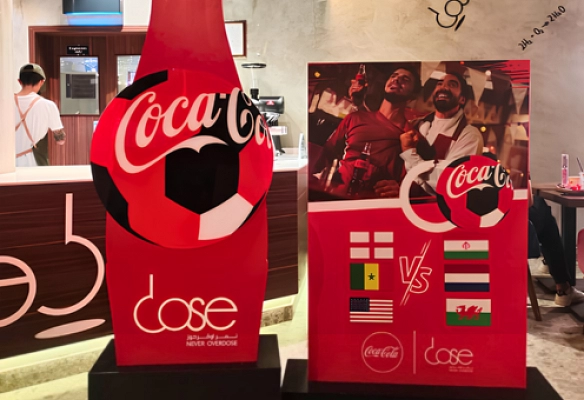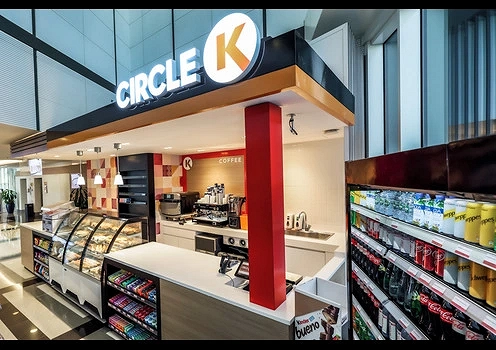In today's saturated marketplace, where consumers are bombarded with endless choices, brands that can forge emotional connections stand out from the crowd. Emotional branding is a powerful marketing strategy that taps into the psychology of human emotions to create lasting impressions and loyal customers. Let's delve into the concept of emotional branding and explore how it can revolutionize your marketing efforts.
Understanding Emotional Branding
Emotional branding is the practice of building a brand identity that resonates with consumers on an emotional level. It goes beyond showcasing product features and benefits; instead, it focuses on evoking feelings, values, and beliefs associated with the brand. When consumers form emotional connections with a brand, they are more likely to choose it over competitors, remain loyal, and become brand advocates.
The Psychology Behind Emotional Branding
Emotions play a pivotal role in decision-making. Psychologically, emotions are processed in the brain's limbic system, which is closely linked to memory and behavior. When consumers experience positive emotions in connection with a brand, these emotions become attached to the brand itself. This association creates a deeper and more meaningful connection than a simple transactional relationship.
Key Strategies for Emotional Branding
Know Your Audience
To evoke emotions effectively, you must understand your target audience. Conduct market research to identify their values, desires, and pain points. Tailor your brand messaging and storytelling to align with their emotional triggers.
Tell a Compelling Story
Stories are a powerful way to convey emotions. Craft a brand narrative that resonates with your audience's aspirations or addresses their challenges. A compelling story can make your brand relatable and memorable.
Consistent Branding
Consistency in branding is essential for emotional branding. Ensure that your brand identity, including logos, colors, and messaging, remains consistent across all touchpoints. This consistency helps build recognition and trust.
Show Empathy
Empathy is a fundamental emotion that can foster a strong connection. Show empathy by understanding and addressing your customers' needs and concerns. Brands that demonstrate care and compassion often build loyal followings.
Use Visuals Wisely
Visual elements, such as imagery and design, play a crucial role in emotional branding. Choose visuals that evoke the desired emotions and align with your brand's identity. High-quality, emotionally resonant visuals can leave a lasting impact.
Create Authentic Content
Authenticity is vital in emotional branding. Be transparent and honest in your interactions with customers. Authenticity builds trust, and trust is the foundation of emotional connections.
Evoke Positive Emotions: While different emotions can be leveraged, positive emotions such as joy, happiness, and inspiration are often the most effective for creating brand affinity. Consider how your brand can evoke these emotions through its messaging and actions.
Benefits of Emotional Branding:
Emotional branding can yield several benefits for your brand:
Loyalty
Customers emotionally connected to a brand are more likely to remain loyal and make repeat purchases.
Word-of-Mouth Marketing
Emotionally engaged customers are more likely to become brand advocates, spreading positive word-of-mouth and referrals.
Differentiation
Emotional branding sets your brand apart from competitors and helps it stand out in a crowded market.
Resilience
Brands with strong emotional connections are often more resilient in the face of market fluctuations.
In conclusion, emotional branding is not just a marketing strategy; it's a means of creating profound and lasting relationships with your customers. By understanding the psychology of emotions and employing effective emotional branding strategies, you can revolutionize your marketing efforts and build a brand that resonates deeply with your target audience.



































